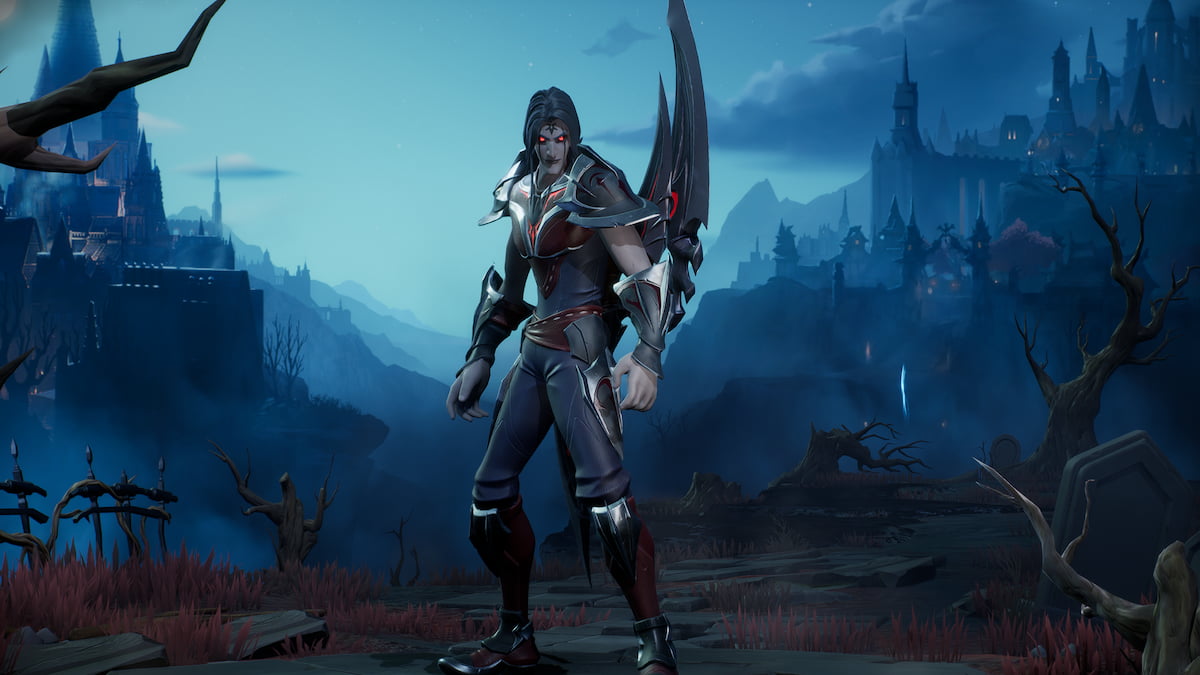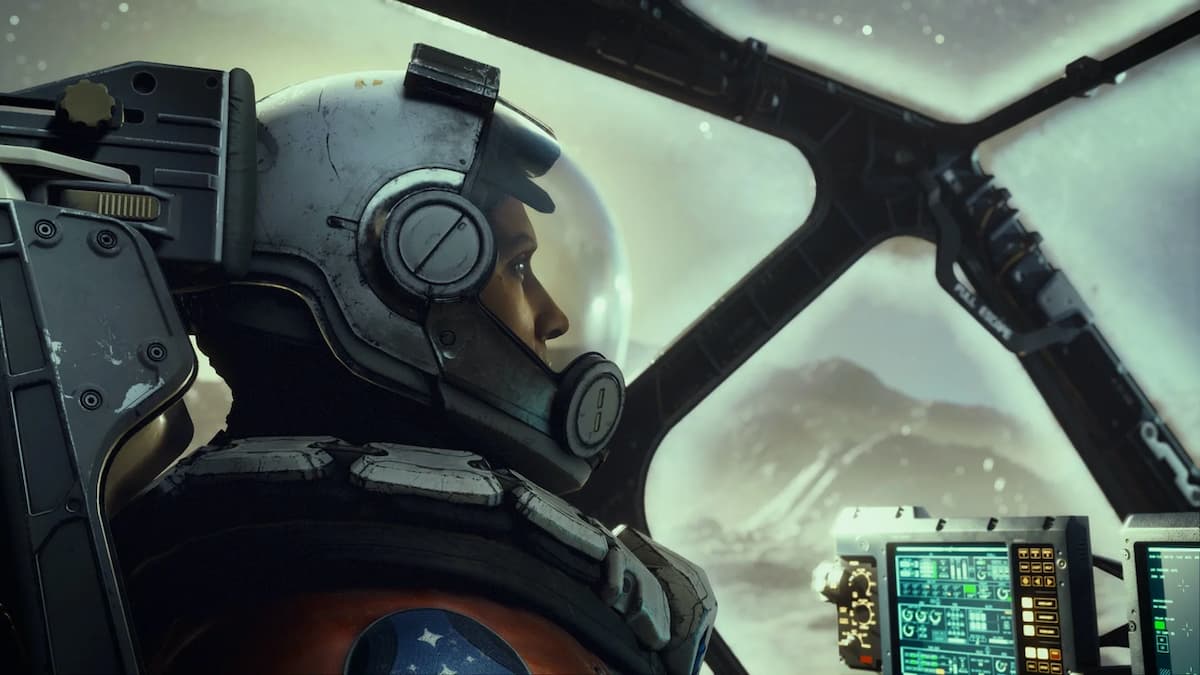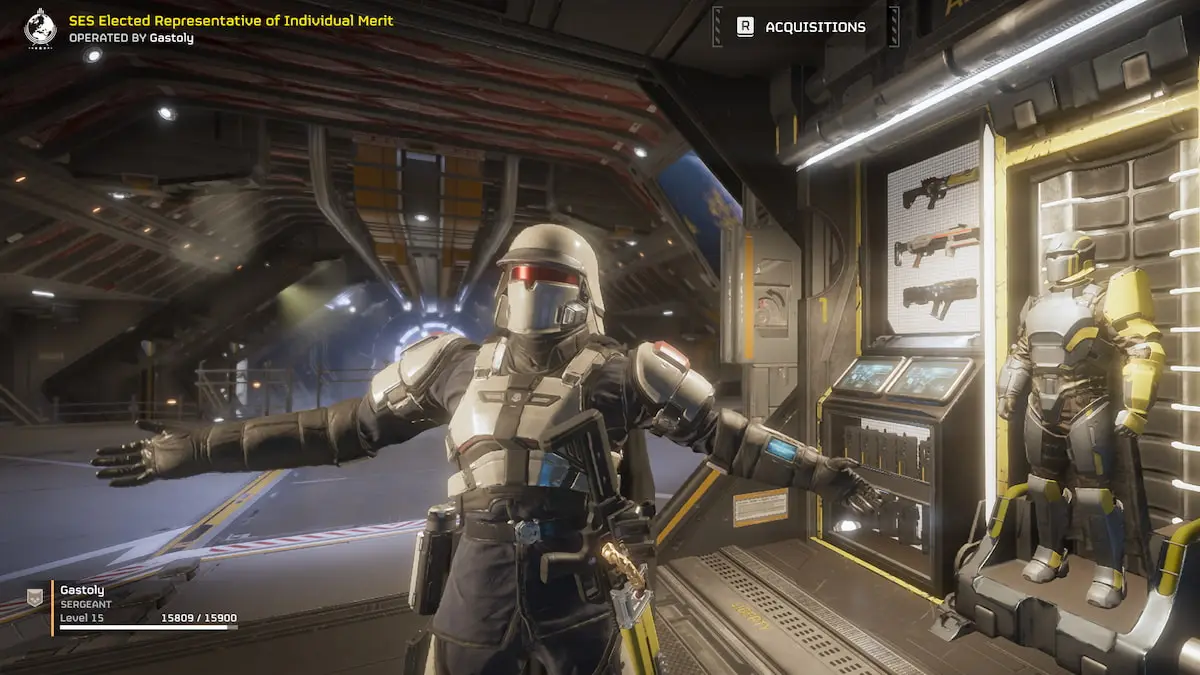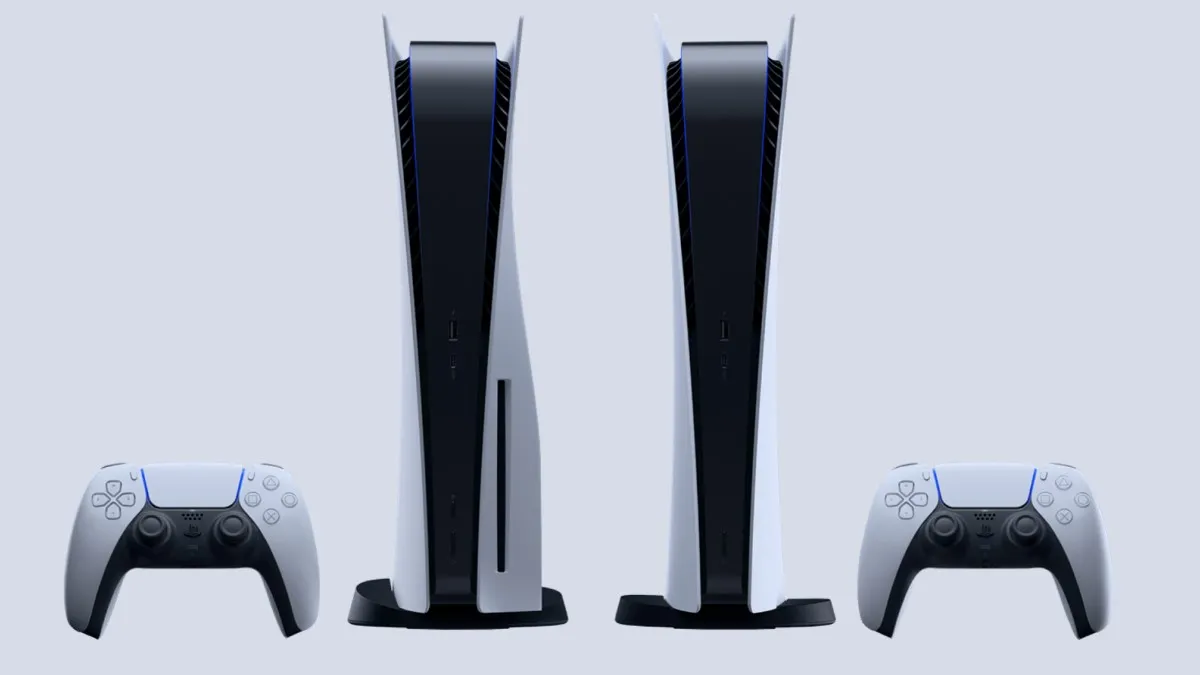Cloud Imperium Games’ Star Citizen is an extremely polarizing game: hundreds of thousands of fans praise its ambition and innovation, enough to invest nearly $210 million in its development. Detractors bash its feature creep, long development window, and lack of a release date despite the massive budget.
Of course, there are many shades of grey and individual opinions positioned between those two extremes, but it’s difficult to find a game that brings the discussion to a boiling point as much as Star Citizen does. The two sides tend to be completely unable to find common ground, and often media outlets tend to make things worse by throwing around partial or sensationalist information. When you’re talking about that much money, the clicks generated by controversy are juicy indeed.
Now it’s time for the full disclosure: I have been a backer of Star Citizen basically from day one. Seeing Chris Roberts return under the spotlight with a spiritual successor of Wing Commander, which is probably my favorite video game series of all time, was enough to sell me on providing my limited contribution.
The epic announcement trailer sealed the deal. I won’t lie: after spending years missing the Wing Commander series, unceremoniously dropped into the recycle bin by Electronic Arts, seeing that massive Bengal Class carrier surrounded by space fighters locked in battle made me tear up.
My $30 Digital Scout pledge promising access to the game and a starter ship was made as soon as the crowdfunding campaign opened, and recently I pledged another $73.20 to upgrade that starter ship to a cargo-focused MISC Hull B.
I’m among those who have been waiting longest for this game, but my investment is relatively small, comparable to an average Collector’s Edition of any other game. I don’t intend to spend more no matter what kind of carrot is dangled in front of my nose. I’d rather use my small transport ship to make the money to buy fancier ones in the game itself while enjoying the natural progression and dodging pirates.
My pledge also grants me access to the game’s alpha, and I have followed the project for a long time. This provides me with the tools to hopefully explain why so many fans swear by this game and are very willing to spend small fortunes to finance its development in exchange for virtual spaceships some of which aren’t even flyable yet.
I don’t expect to change your mind, but hopefully, it’ll be a helpful insight into the depth of what some consider madness.
It’s honestly difficult even for me to fully relate with those who have invested thousands (and in some case tens of thousands) of dollars in the development of the game. Yet, it’s always important to keep in mind that money holds different value for different people.
For me, due to what I make and my priorities, $10,000 is a metric ton of money which I’d never, ever spend on a single game, or even on the most powerful gaming PC on Earth. Someone else may make the same amount in a week or even a day, turning that kind of investment into a rather painless engagement.

Those people aren’t crazy, but they simply assign a different value to money or are passionate enough to be happy to spend their hard-earned cash on something they enjoy. Dropping $10,000 on virtual starships isn’t all that weirder than spending a million on a Ferrari when there are much more affordable options even when you’re into sports cars. I wouldn’t, but who am I to judge those who do?
Let’s also address the elephant in the room: there are certainly several reasons to criticize Star Citizen or its development process, but it certainly isn’t a scam, as some detractors love to say. The crowdfunded budget coming from the fans isn’t being embezzled for personal gain, but it’s being visibly invested into creating a game and into paying over 500 developers across multiple studios.
Chris Roberts isn’t becoming rich by making Star Citizen. He was already rather well off before he started. As a matter of fact, he acted as a catalyst to let gamers fund a massive development team literally from nothing, providing jobs to hundreds of hard-working developers in a time in which it’s much more common to hear about closures and layoffs. That’s pretty respectable.
We don’t know whether the Star Citizen project will ultimately be successful, or will eventually run out of money and fizzle. Yet, even in the latter case, the game still wouldn’t be a scam, but simply an overly-ambitious project that was attempted and failed.

When Star Citizen was initially pitched, it had a fairly limited scope, somewhat similar to a mix of a single player Wing Commander successor and a multiplayer version of Freelancer. There were no planets (landing zones were supposed to be static places to pick up cargo and very little else), no first-person gameplay, fewer ships, and basically, everything else was smaller and less ambitious.
Yet, with big publishers failing to provide within a genre which many executives considered dead, fans of space simulators were hungry. Support started to pour in, and it simply did not stop. Cloud Imperium Games found itself with a lot more money compared to what they needed to achieve the initial promises, and that’s when the ambition (or feature creep, depending on your point of view) started to set in.
Many features and gameplay possibilities were planned, procedural planets and moons were included, and the project gradually started to take the shape it has now. It morphed from a simple space simulator with a relatively limited feature set to an unprecedented first-person sci-fi universe.
There is a clear dilemma here: was the original vision, if delivered on time, a better option? We’ll never know. The only thing that we can do is to evaluate the merits of what we’re actually getting, and why many gamers find them attractive.

First of all — and this one is easy — Star Citizen is extremely, extremely pretty. Not only the team is pushing the envelope of visual technology, but they also managed to gather some of the most talented sci-fi designers in the industry. Each spaceship is a joy to look at and explore, and the vistas just beg you to take hundreds of screenshots. If you’re into sci-fi, there is no better space porn available right now.
I won’t spend hours describing every aspect and nuance of the graphics, but below you’ll find a gallery with over 600 recent screenshots and above you can watch about 150 minutes of raw gameplay showing what I like to call “A day in the life of a Star Citizen.” I’m sure you’ll be able to judge the level of visual fidelity and artistry involved in the game with your own eyes.
On top of that, performance is starting to become enjoyable, and after the release of version 3.3, I can finally run the game on ultra settings at more than acceptable frame rate with a PC based on a Geforce GTX 970, which certainly isn’t a powerhouse anymore nowadays.
A popular meme among detractors of the game accuses Cloud Imperium Games to sell pretty starship jpegs, but with every update of the alpha, this becomes more and more akin to misleading hyperbole. More and more of those starships have been made flyable (roughly eighty at the moment of this writing), fully modeled and functional in a growing game environment. You can walk up to many of them, explore their interiors, jump into the cockpit, fly them, haul cargo, and fight. Not all mechanics are perfect or finished, but it certainly works, and it’s arguably a lot of fun.
What some call “feature creep” turned Star Citizen into the potential wet dream of many science-fiction-loving gamers, merging a giant sandbox with a space simulator, a first-person shooter, and a walking simulator. While the term “walking simulator” is often used negatively, games that immerse you into a world and simply set you free to explore are very attractive to many, many people.
The recent release of the first full-fledged planet boasting a size that is one-sixth of the real Earth, alongside the first implementation of the Object Container Streaming technology and a number of additional bells and whistles are finally starting to really highlight the potential of the game. I’ve spoken to many who were skeptical and after seeing the latest updates, they’re starting to move into the “what if this really works out?” camp.
The current experience allows you to explore a beautiful city with its own spaceport and mass-transit system, the surface of multiple massive celestial bodies with different atmosphere and geology, lots of outposts and space stations, and quite a few “secret” areas like hidden drug labs and giant crashed capital ships.
You can haul cargo and trade, smuggle drugs (if you can find the right location), prey on merchantmen as a pirate, explore, race with land and air vehicles, mine asteroids and planetary rocks, play missions of various nature or issue your own, engage in firefights on foot, or simply have fun flying your favorite starship.

You can fly alone or with friends in multi-crew ships, delegating the micromanagement of the shields or energy distribution, or letting your companions take control of the turrets. Star Citizen’s technology even allows spaceships to carry other vehicles, which will evolve in full-fledged aircraft carrier gameplay down the line. This may seem small to some, but bursting out from the cargo hold of a Cutlass piloted by your friend at the wheel of a Cyclone buggy after you traveled together across space is really, really cool.
Just imagine how it’ll feel when you’ll walk from the fully-functioning bridge of a massive player-controlled carrier to the flight deck, board your fighter, and take off to fly escort or perform whatever mission tickles your fancy. On top of it all, the whole experience is completely seamless and it isn’t broken by any loading screen.
The world of Star Citizen is full of interesting emergent experiences: For example in the video above you’ll see me navigate the dark side of a moon in near-total darkness and with no marked waypoints besides a few shadows on the surface to find a drug lab that can grant me a good profit. Doing that in such harsh conditions is basically the only way to avoid pirates who would happily shoot me down and steal my precious cargo. It’s really fun and very, very tense. Not only I could easily get lost, but enemies could still jump me at any point despite the darkness.
The vision of Star Citizen includes that and beyond: if everything goes well, players will be able to step into the boots of capital ship captains, hotshot pilots, marines, smugglers, pirates, traders, rescuers, explorers, scientists, entrepreneurs, landowners, colonists, miners, salvagers, and much more.

All those gameplay opportunities are topped and enriched by an interesting sci-fi backstory and deep lore, which can be compared to what made many veteran gamers fall in love with the Wing Commander series.
What we have now is already enjoyable and fun to explore despite the jank (it’s alpha after all) and the missing features. You could easily say that it’s equivalent or close to the content of many finished games nowadays. Of course, there are missing elements, and the issues of a pre-release title are inevitable, but it’s almost impossible to play it without seeing the potential of it all.
We don’t know whether that potential will be fully realized, but it’s not surprising that in the hope that it does, so many gamers are willing and happy to be part of it all, placing their hopes and dreams of the ultimate sci-fi experience in what Star Citizen could become.
Of course, the possibility of failure exists, and it’s very tangible. Yet, in a world in which people often complain that games don’t provide enough freedom, I don’t think it’s weird to hope that this ends up working and realizing that potential, at least in part.

Personally, I do, and I’m happy to contribute with a small investment. If things don’t work out, the alpha already provided me with plenty of bang for my buck, and I’ve made much worse investments in my life and hobbies. I’m quite sure that many in a similar position feel the same way.
The open development of the game is another factor of attraction for some. This is a dream game for hundreds of thousands of gamers and science-fiction fans, and the ability to be part of the process of its creation has its own appeal. Few other developers have taken fans as deep into the inner workings of making a game like Star Citizen’s team is doing. This could easily be considered its own content. It’s not a game per se, but it’s certainly a form of entertainment.
So far I talked only about the online persistent universe, but there is also the crowning jewel of the project, the single-player campaign titled Squadron 42. I don’t think it’s necessary to be a Wing Commander fan to understand the appeal of a space opera powered by Star Citizen’s cutting-edge technology and the acting talent of Hollywood stars like Mark Hamill, Gary Oldman, John Rhys-Davies, Liam Cunningham, Gillian Anderson, and Many more.
If like me you loved and still love the Wing Commander series, you already know what I’m talking about. If you’re too young, or simply never played the franchise, just watch the video below (keeping in mind that it’s a year old, and elements like facial rendering, animation, and hair have already been massively improved) and you’ll probably understand the potential single-player value of the project.
Ultimately, Star Citizen is not for everyone, or at least not for now. It’s completely understandable not to want to invest in a game before its release, no matter how small that investment can be.
On top of that, its mix of a sandbox, a space simulator, an FPS, and a walking simulator is unlikely to please those gamers who want clear-cut objectives and the instant gratification that comes with being thrown into the action quick and hard. The jank and glitches that come hand-in-hand with alpha testing can also easily contribute to turning many off.
Yet, it’s still for many, including those who enjoy being part of the open development process of an AAA-level game, those who dream to immerse themselves into a science-fiction universe, and those who simply want Wing Commander back.
It’s fine to look at Star Citizen and decide that you don’t want to touch it with a ten-foot pole, but it’s also important to remember that a large team of developers is working extremely hard to create that dream. We don’t know whether it’ll turn into reality in full, in part, or not at all. Yet, for many, it’s still a dream worth living and nurturing, and that’s perfectly ok.













Updated: Dec 4, 2018 11:09 am